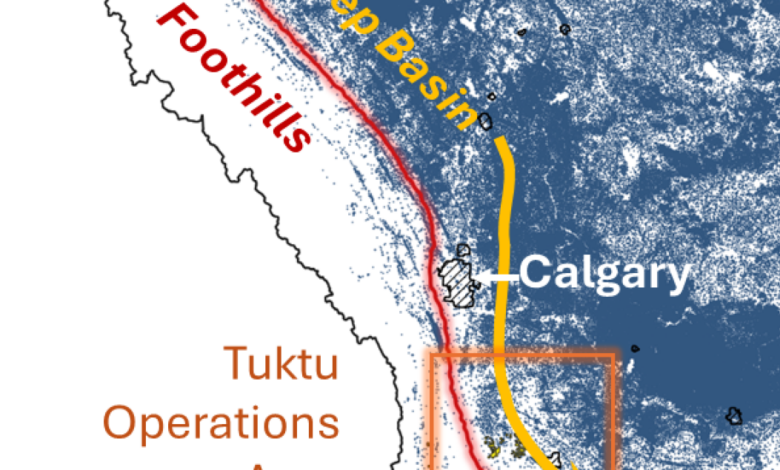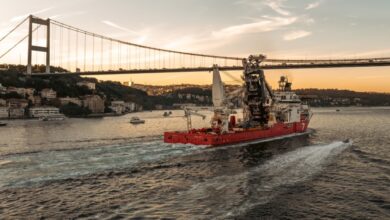Tuktu Resources expands Deep Basin position, spuds horizontal well

Tuktu Resources has made a significant expansion of its prospective land base adjacent to its new pool discovery in the light oil-prone southern Alberta deep basin. Through a combination of crown land sales and various transactions with freehold mineral rights owners, Tuktu has increased its land position by approximately 27.75 gross sections. In total, Tuktu now holds a controlling and majority interest in approximately 50 gross sections within the prospective play.
The company also has spud its first horizontal well in this newly discovered reservoir. The drilling project is anticipated to conclude within a month from commencement of drilling. The vertical discovery well continues to deliver encouraging rates. From 1 December 2024 to 29 January 2025, the well has averaged 425 bbl/d, with less than 1% water cut. Associated gas is approximately 6% on a boe basis. Tuktu has an 80% working interest in this well.




